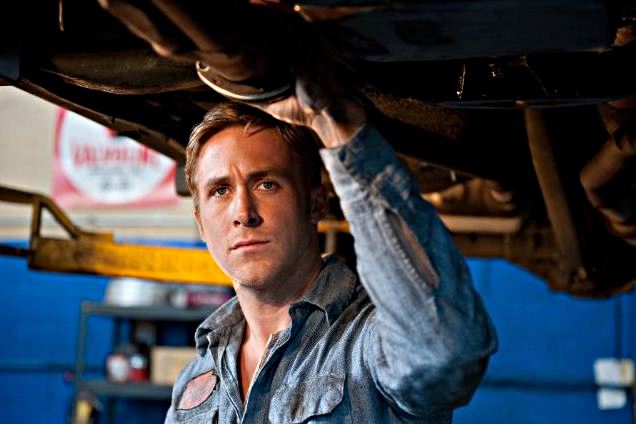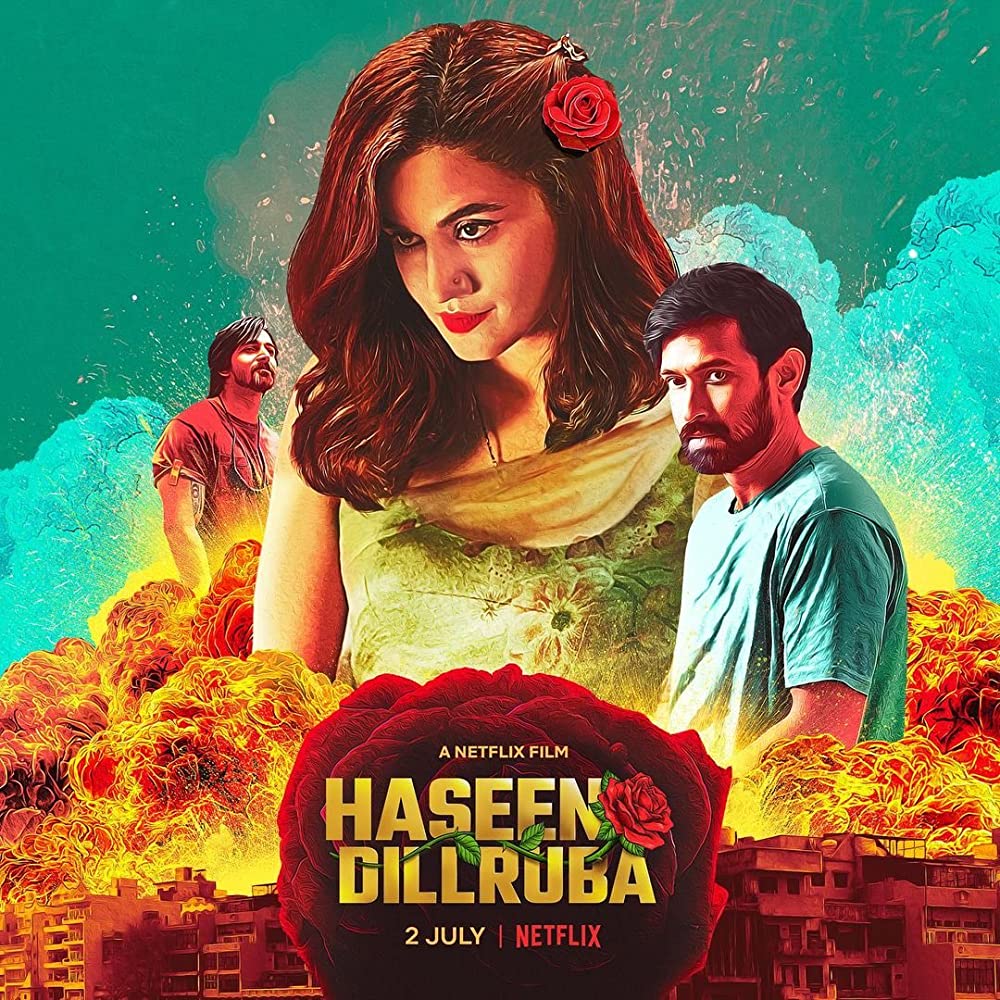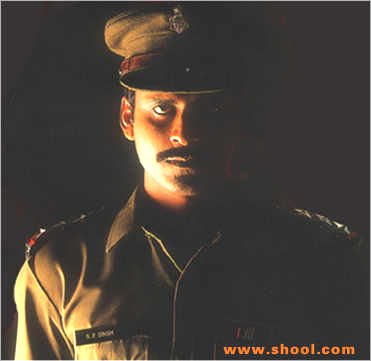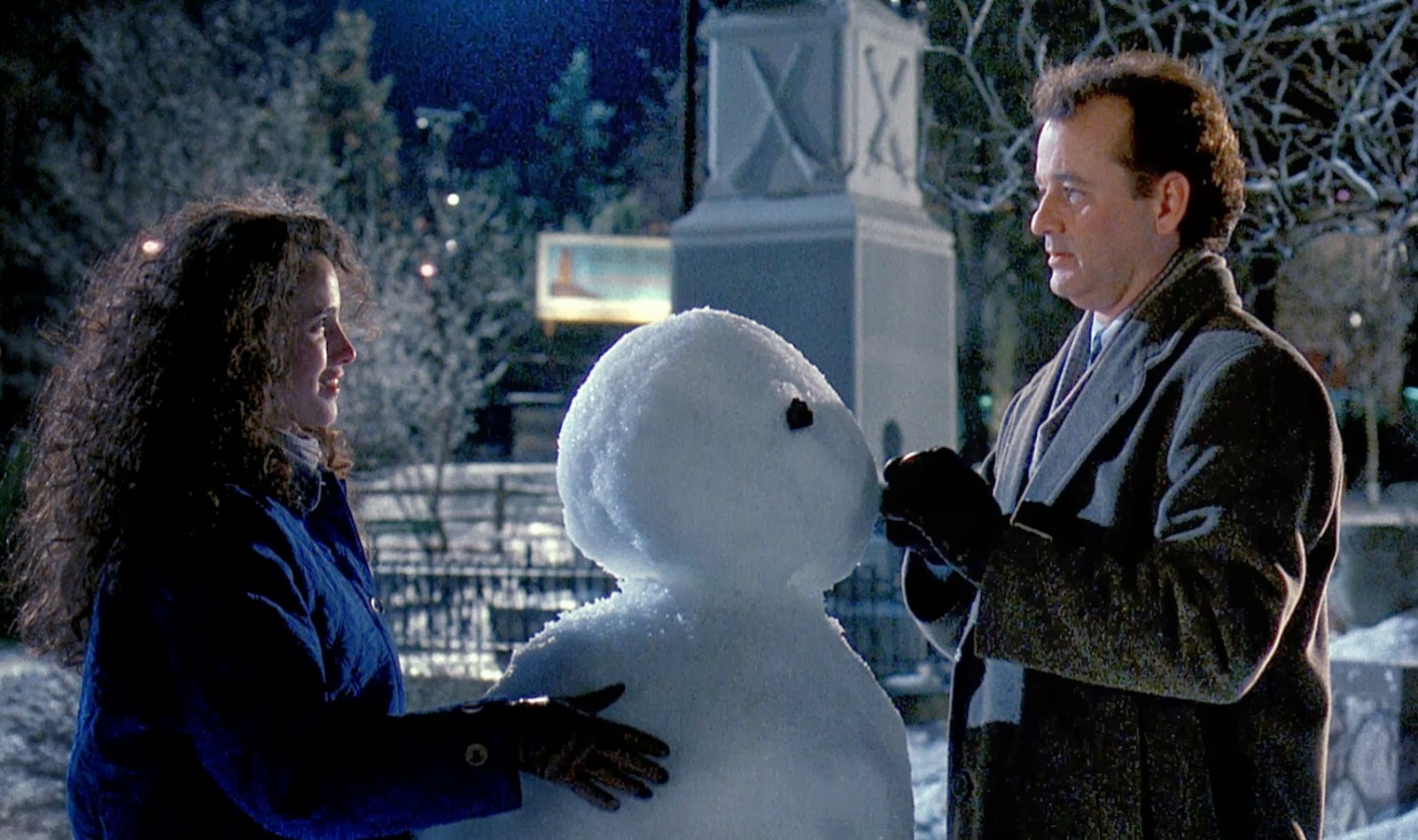Drive
Drive : Movie Review
4 stars out of 5 ( Excellent)
Director : Nicholas Winding Refn
English, 2011
After aeons, it seemed a good movie had cruised into town. After an evening aperitif of crisp calamari and the "sauce", I dived into the theatre expecting the stylishly thrilling ride promised in the trailers. In a Whakatane cinema hall of forty-four seats, with a grand total of three other audience members, I buckled down, focused and relaxed. Opening dialogue - "There are 100,000 streets in this city - you don’t need to know them all. You find a time and place...I give you a five minute window - anything happens in that five minute window and I’m yours no matter what. Anything happens a minute either side of that and you’re on your own. Do you understand?...Good, and you won’t be able to reach me on this phone again."
These words are calmly spoken by a young man of guarded demeanor. He is the protagonist of this movie - The Driver (essayed by Ryan Gosling). He’s never given a name at any point in this story. In the introductory sequence, he picks up his passengers, who’re obviously upto no good, and embarks on his mission to ferry them to safety. The police are swarming around - our man has a radio which relays their conversations. Although he is fully capable of hitting tire-ripping velocity, the driver’s strategy involves not fatalistic speeding but smart retreats and stealthy escape.The story is set in Los Angeles - that city of long dry rivers of asphalt. Very early in the story, Gosling’s character meets a young woman - Irene (Carey Mulligan ) and her son. They live in an apartment near his, and a slow but sure attraction starts building up. It's a very suitable chemistry - when Irene talks and gazes at her handsome calmly assured neighbour, her eyes which carry the pain of damaged relationships, develop a beautiful light, a smile that bespeaks a liking towards him. Her little boy too likes the man next door - their temperaments are placid and mutually complementary.
The driver, we find, has three different occupations : by night the afore-mentioned one, by day he holds a garage job and also that of a Hollywood car stuntman. He tells Irene, of course, only of the latter two. Things seem to be perking up elsewhere also - the garage boss Shannon ( Bryan Cranston of that genius TV series " Breaking Bad ") is setting up a lucrative deal for everyone by arranging his talented employee to be a race car driver. The sponsor is an ex-movie producer Bernie (whose later actions with the blade perhaps mirror what he might have done to the content in his movies).
One night when they are driving out on a date, Irene tells her new-found partner that her jailed husband will be returning in a week’s time. He thinks about this silently and then the car slows down to halt for a while before proceeding, as if his mind and his machine are the same apparatus. Irene’s husband, ’Standard’, appears to be the sort of standard-issue congenital wreck whose brain is programmed to self-destruct and whose face is not averse to hinting at that path of destiny. He declares atonement at a welcome-back party. But the odds are stacked aganist him, with enemies from the past threatening Irene and their little boy too. The Driver comes to know of this, and in a altruistic move, offers to help Standard. But this leads to a vicious spiral of violence and mortal danger, with a widening network of gangsters out to finish off the man who offered to help.
’Drive’ drips style and reveals its maturity for the most part. In lighting, camera style, mise en scene, pacing and pattern of acting, it is more European than American. Not gleefully market-driven nor oblique enough to be called "art-house", it relies on a particular depth of mood, a fluidity of narrative which is brutally punctuated by bursts of violence and graphic gore. There’s a striking scene in an elevator where the hero, after a gentle orgiastic kiss, moves away and pounces on his quarry, beating him to pulp - the poetry segues and suddenly ruptures into savage action. Two-thirds of the way into the movie, one is still justified in hoping for the movie to ascend further to more gratifying heights, but this wish is subsequently undone by a valency in the script. The screenplay has its fair share of complications but it lacks that sure leap of brilliant imagination in the final leg that the best in the genre achieve. In action choreography there’s a fine line between heart-chilling ferocity and gratuitous violence - snatches of this pic tilt more towards the latter, particularly in some of Bernie’s exploits.
On another note, the romance is well-picturized, but its end-spin does not have that deep tug of poignancy. To be fair, in the end there’s a commendable sequence that teases expectations about the fate of the hero but the overall finish does not quite recruit the best gear.
Director Nicolas Winding Refn nonetheless serves up persuasive evidence of his directorial credentials. He doesn’t have an interest in cars in real life, doesn’t hold a driving license and he’s failed his driving test eight times. But there’s undeniable finesse to be found in the way he steers this film. Ryan Gosling is in automatic gear for a superbly restrained performance. He wears a Scorpio symbol on his jacket in the movie - he’s a Scorpio in real life too while his character here shows that Zodiac sign’s traits : immense self-confidence and a rock-steady gaze. He is unfazed, and icy cool-’n’-confident, whether in the scene where Irene’s husband tries to intimidate him or when he is spoken to officiously by a gangster. This driver surprises by also erupting as a mercilessly brutal fighter. Interesting too is a latter-phase scene where he uses his car as a weapon, as a chess piece to set up a strike and then finish it off. Carey Mulligan, in similarly understated fashion, impresses by portraying a young woman caught in a thankless emotional web.
Pic has been shot by Newton Thomas Sigel in high contrast with a slight yellow-green tint. Noteworthy attributes of the camera include its smooth dynamism and clarity. Apart from seeing this employed in scenes of emotional interest, also note the clean cogent capture of a chase wherein that muscular hunk of a sedan - Chrysler 300 - targets an escaping duo. Both in terms of sensibility and canvas, there’s a remarkable scene involving violence set in a burlesque club - the calm framing of this sequence reveals a shamelessly audacious aesthetic. Visual metaphor is also ably employed, as in a parking-lot scene involving the hero, Irene’s husband and son. Cliff Martinez's background music serves vitally in building mood with frisson-filled cadences.
The comparisons to this movie are many - 1967’s resolutely minimalistic ’Le Samourai’, then the ’tools under tablelamp’ scene that recalls an earlier one in the 2010 winner by Corbijn and Clooney. The movie’s tagline 'there’s no clean getaway' being the same as that of the great 'No Country for Old Men'. On another note, there’s also Carey Mulligan’s partial resemblance to Michelle Williams in "Blue Valentine" which also featured Gosling. Eclectic influences thus inform the tread of ’Drive'. It’s a uniquely good movie, and if you would like to witness an outstanding work of this genre, consider watching " The American ".
UPN
PS: Winding Refn's next film which I saw - "Only God Forgives" (2013) has polarized critics while outraging a few who pilloried the director for saying "Emotionally, our artistic expression consists of sex or violence". I feel NWR threw out a bait here, for any kind of attention and got what he wanted. As for the film, it's one of a kind - blending style and brutality to synthesize one of the most starkly beautiful movies I've ever seen - Thailand refracted through Scandinavia.
UPNWORLD welcomes your comments.










0 COMMENTS
WRITE COMMENT